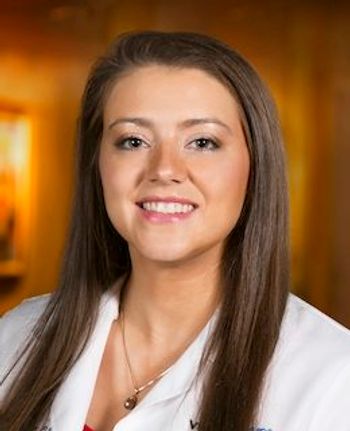
Managing complications of contact lenses
The optometrist's job is not only to fit people with contact lenses, it's to keep people in contact lenses.
Orlando, FL-The optometrist's job is not only to fit people with contact lenses, it's to keep people in contact lenses. That goal requires a thorough knowledge of various lens-related complications and their management.
More specifically, the clinician must understand why complications happen-the mechanisms of infection, inflammation, and hypersensitivity; the characteristics of and differences in materials, solutions, and related products; and the potential permanent changes in the ocular structure from contact lens wear, said William Townsend, OD, FAAO, who practices in Canyon, TX, and is an adjunct professor at the University of Houston College of Optometry.
The clinician also must rule out non-contact lens-related conditions, such as ocular surface diseases, aqueous tear layer deficiency, and meibomian gland dysfunction, which often coexist with contact lens wear. Other potential causes may be molluscum contagiosum, viral warts, lid malformation or malposition, corneal dystrophies and degenerations, autoimmune disease, and hypersensitivity or allergy.
The details to be gathered from the patient history include the type and age of the lens and the frequency of replacement-the actual frequency, not the "imaginary" one, Dr. Townsend emphasized. Also learn as much as possible about the care system, which can either contribute heavily to a patient's misery or to the enhancement of the contact lens wearing experience. Another important question to ask is whether the patient is using drops approved for contact lenses.
The clinician should also ask about systemic and ocular health, history and medications, including "OPM"-other people's medicines, Dr. Townsend said. He explained that patients often take medication that a family member or friend has used, assuming that they have the same medical problem.
Solution-material interactions
Solution-material interactions are another common cause of contact lens problems. Some solutions do not work well with certain materials because of the water content of the lens, its pore size or ionic characteristics, the preservative characteristics and molecular size, or hypersensitivity to components of the solution.
The preferred management approach for contact lens solution problems is to evaluate all patients for staining, regardless of the solution they use; see contact lens patients early and late in the day; develop a systematic way to record staining; evert eyelids to detect papillary changes; and prescribe specific contact lens solutions.
In their practice, Dr. Townsend said that he and his partners give patients a personalized information form about lens solutions that they must sign (parents must sign for patients under the age of 18). The form explains to patients that they have been prescribed a certain solution because it's compatible with their lenses. If they change solutions, patients are required to call the office. "We find we have a very high rate of compliance," he said.
Newsletter
Want more insights like this? Subscribe to Optometry Times and get clinical pearls and practice tips delivered straight to your inbox.


















































.png)


